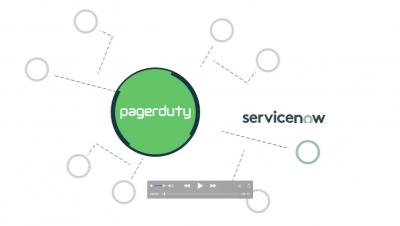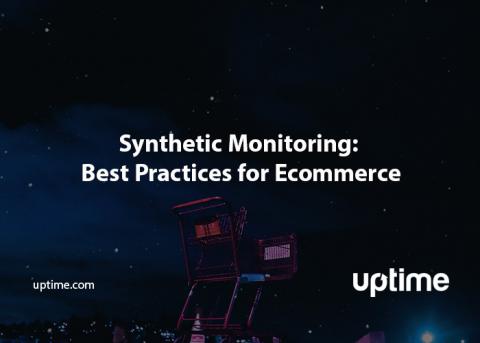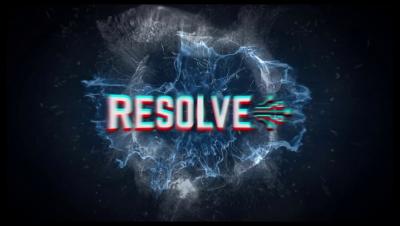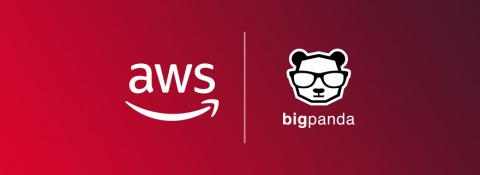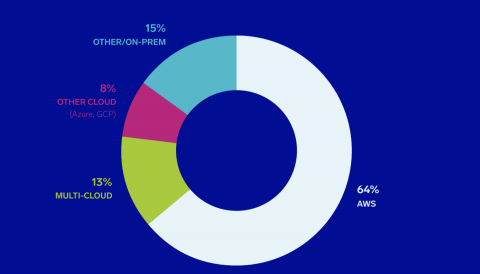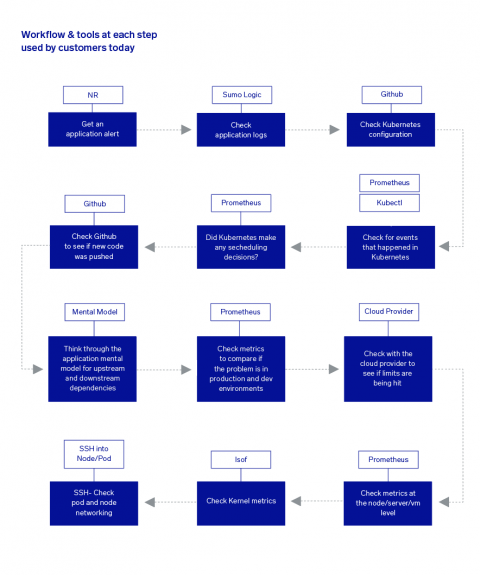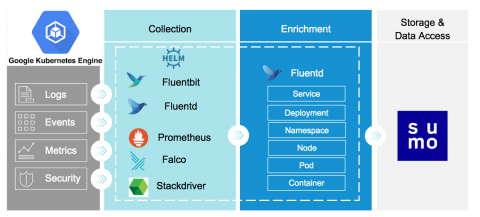Operations | Monitoring | ITSM | DevOps | Cloud
%term
Synthetic Monitoring: Best Practices for Ecommerce
What makes synthetic monitoring a crucial tool to measure the customer experience? When I buy something online, it takes about one to three minutes. That time depends on the complexity of forms I encounter, whether I have an account with the retailer, and how easy the site is to navigate. Of course, there are lots of other variables I don’t notice that also affect my buying experience.
Kubernetes Observability Demo - Sumo Logic
RESOLVE for Service Desk - Citrix Self-Service Troubleshooting
Ease Your AWS Migration with AIOps
As enterprise cloud migrations accelerate, AWS continues to be a clear and compelling choice for digitally-transforming organizations. And while cloud-based operations are faster, innovative, reliable and cost-effective – they pose new, growing challenges for IT Ops, NOC and DevOps teams. With cloud-based operations, IT organizations now need to minimize outages and disruptions across different architectures and workloads.
Customer-Centric Automation with VirtualWisdom 6.2
Returning from VMworld 2019 a couple weeks ago, one thing was clear: we’re seeing a convergence of IT Operations and DevOps in the marketplace, and with that, an infrastructure transformation which will rely heavily on process and workload automation. But, as we move more and more towards the automated datacenter (private and/or public), it’s important to keep in mind two critical components to make automation successful: data and governance.
6 Observations from the 2019 CI Report: State of Modern Applications and DevSecOps In The Cloud
Will a technology not heard of four years ago completely change the Cloud Wars landscape? Are we going to see enterprises finally make a shift to multi-cloud? Is AWS Lambda ready for primetime?
Helping solve the Kubernetes challenge: Sumo Logic at the helm
Unless you have been living under a rock, you have probably heard of Kubernetes, the open source container orchestration governed by the Cloud Native Computing Foundation. Kubernetes helps you focus on your applications by providing powerful abstractions and help solves many of the challenges of managing, deploying and scaling your containerized applications.
Monitor your Google Anthos clusters with the Sumo Logic Istio app ?
Sumo Logic was one of the first in the industry to release a comprehensive set of applications to monitor and secure the Google Cloud Platform (GCP) stack. We are now expanding our support for Anthos. Anthos is Google Cloud’s open source based platform that lets enterprises run apps anywhere on-prem or in the cloud -- simply, flexibly, securely, and consistently.
Reimaging Observability: Announcing Sumo Logic's new Kubernetes Solution
The history of technology, and Enterprise IT, in particular, is a story of trends colliding with trends. In the case of Kubernetes, we have the intersecting trends of cloud, microservices, and containerization adoption. The orchestration platform born in the juggernaut that is Google has become the focal point for all 3 of these trends. And why do companies care? Because it is life and death.


